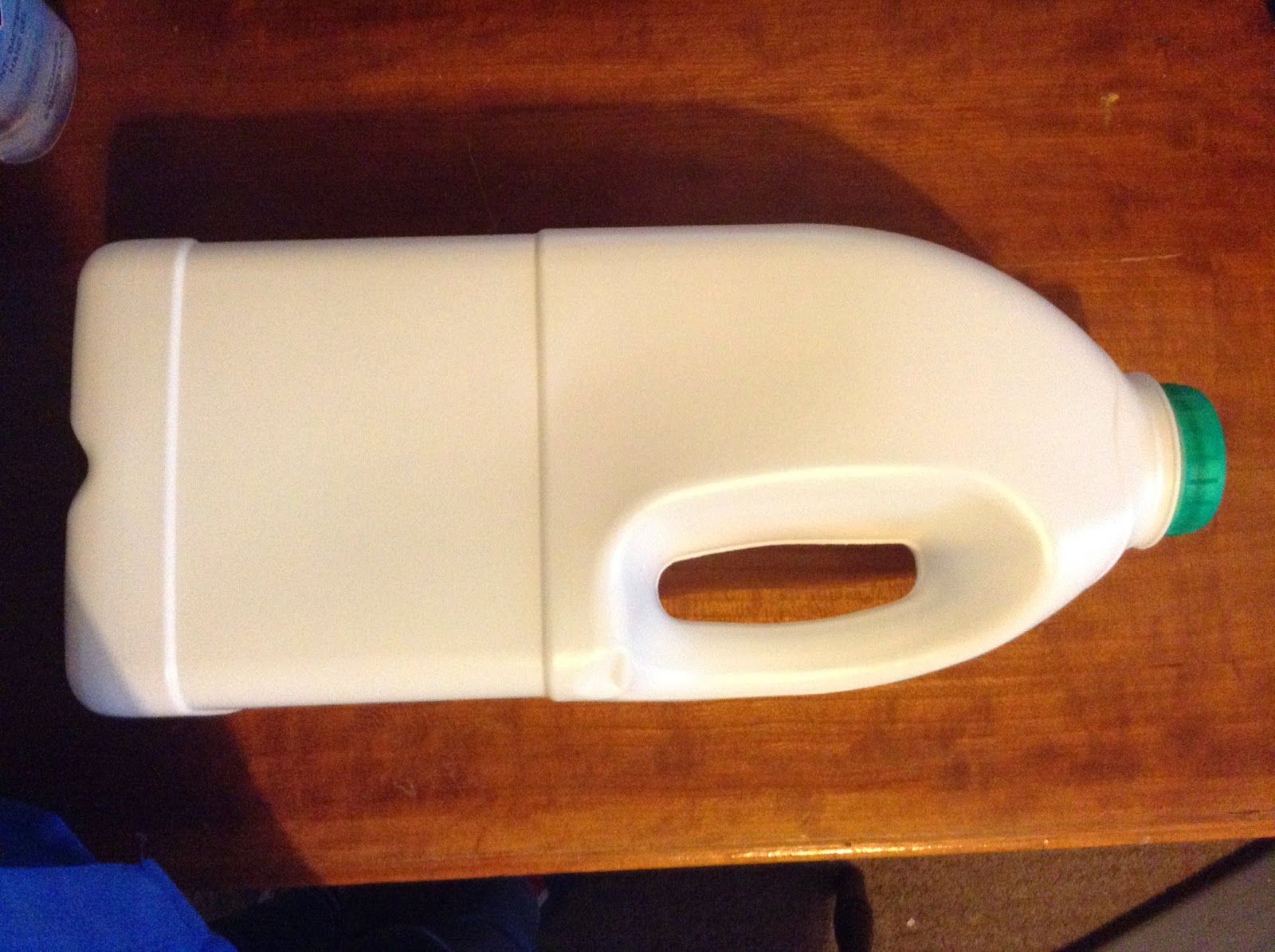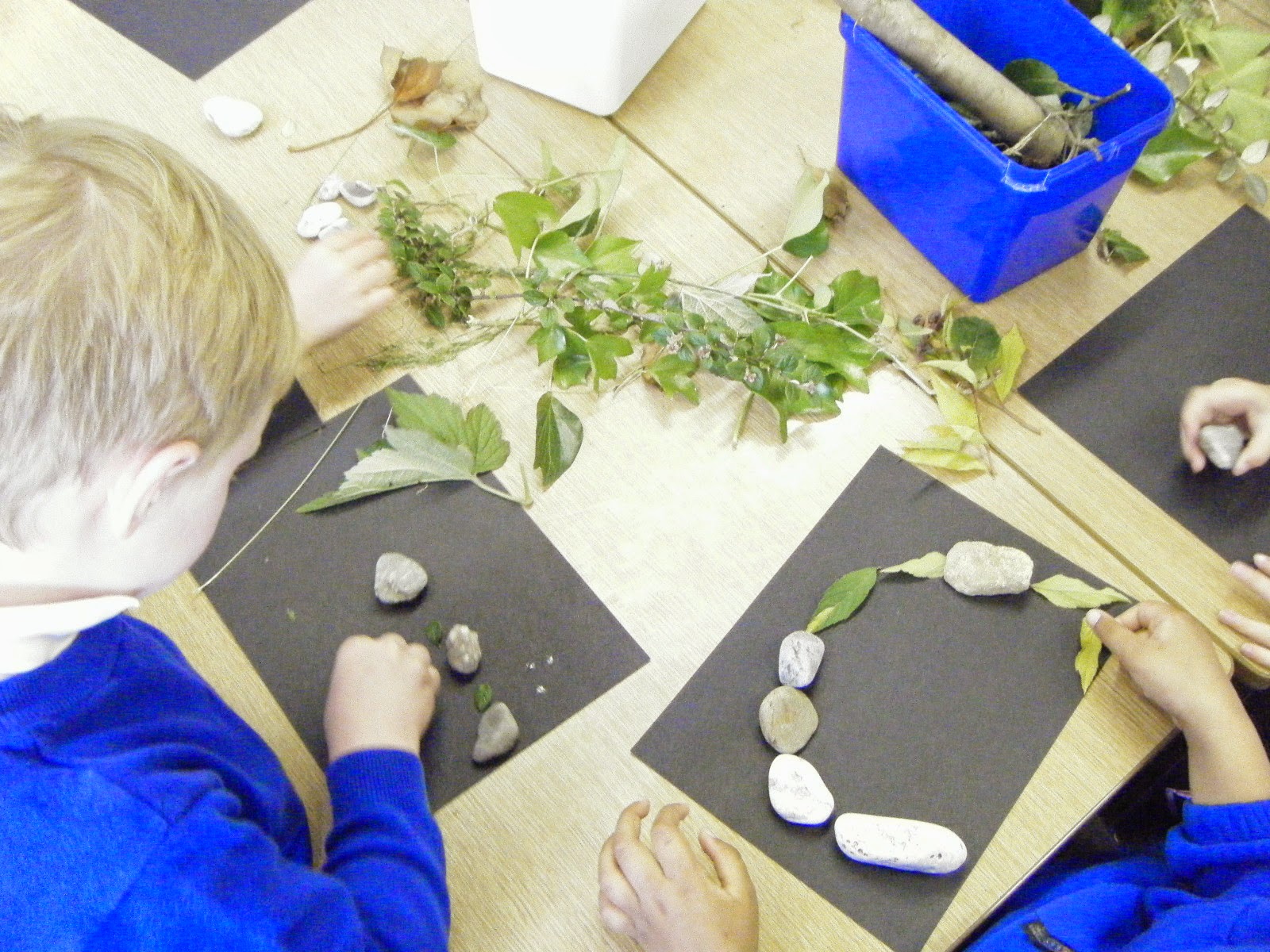How children respond to the work
of artists
Children can gain a lot from
working in response to looking at the work of contemporary artists, and you are often able to find art from
artist or of subject matter that ‘Meet the needs of all learners from whatever
social and cultural background’, Page et al (2006, p.221). This can be done in a number of ways:
·
Having an artist of the month, (Key and Stillman
2009, p.100).
·
Being appreciative of others work, (Childs 2000,
p.94).
·
Real artists work being brought into the
classroom, (Childs 2000, p.94).
Through studying the work of
artists and looking at what and they have produced and its meaning children
start to develop this in their own work.
This is supported by the room 13 study and seen in the room 13 ZCZ films
in which Jodie Fraiser produced a work of art based on the 9/11 bombings out of
matchsticks and each stick representing a life lost (Room 13/ ZCZ films).
Visiting galleries
Exposes children to opportunities
and experiences that the children cannot have through learning art education in
the classroom. Edwards (2013, p.35) talks about how visiting galleries can give
children the chance to work with artists, as well as curators who are
knowledgeable of the art in there gallery.
Children Working alongside
artists
Children working alongside
artists as put forward by Raines (1997, p.54), artist encourage creativity, as
well as individuality as the children see the artist create their own identity
through art. Furthermore children working with artist allows them to see the
process of making a piece of art, children are able to see how the artist works
and as explained by Grigg (2010, p.222) when artists work they often rework
there artwork, this allows the children to see that its ok to make mistakes in
art and can often boost a child’s confidence in art education. Not only this
but children see the enthusiasm that they have for their work as explained by
Sharp and Dust (1997, p.3).Which is something that does not always get through
a child’s art education, if the class has a negative feeling towards art then
the teachers perception may rub off on to the children. This is why it is
important for children to be around artists as they promote a love of art.
Artist teacher/ teachers and
artist working in collaboration
The artist teacher or teachers
and artists working in collaboration is just one of many approaches to having
the contemporary artist introduced into the classroom. When working at the
artist teacher of in collaboration with an artist is important to consider:
·
Planning with the artist or as an artist so that
pupils acquire necessary skills knowledge and understanding, (sharp and Dust
1997, p.62).
·
For teachers and artists to, ‘understand each
other’s perspective and ways of working, they should not find it difficult to
develop a joint strategy for working together.’- (Sharp and Dust 1997, p.63).
It is important as a teacher to
be creative, they need to know about art, artistic element to be able to plan
appropriate activities, (Fox and Schirrmacher 2012, p.272). Which is why the
artist teacher or artist in your classroom is a valuable resource as they
already have this and can work on expanding the children’s artist knowledge and
understanding as well as the skill of art. They are not limited by a lack of
subjects knowledge or understanding of contemporary art, (Page et al 2006, p.228) and so enable rather
than limit the child’s learning.
In my own practice I have had
experience of using contemporary artists in the primary classroom, showing the
children images of artists work can have a positive effect on the children’s
approaches to art. As explained by Cox and Watts (2007, p.142) through careful
selection of work and artists you offer the children the chance to have better
understanding of specific aspects of art.
After using Andy Goldsworthy’s
work in a lesson the children had a greater understanding of what it was they
was required to do as well as drawing ideas from the piece for their own art. This
promotes a greater understanding as well as developing the children’s
questioning skills in relation to art.
Looking at the research that I
completed during January supports the view that there is a place for the
contemporary artist in the primary classroom. With the exemption of one child
the group rated having real physical artwork at 4/5. This is also supported in
what was said by the children in their questionnaires, Child M said, ‘I was
able to magpie different things I like from each different mixed media art and
place it in my own work’. These
responses show the positive effect of the children being able to communicate
not just with the artist but see art in real life, and being able to use this
in their own work as explained by child M.
Conclusions
Contemporary artists have a place
in the primary classroom. A problem of art education is as explained by Page et al (2006, p.272) as having a poor ‘Subject knowledge, limitations and a
lack of understanding of contemporary art’. This is why there is a place for the
contemporary artist in the classroom; they expose children to new experiences
and make art education exciting and current for the children to enrich their
education.
Reference list
Childs, J. (2000) Teaching
integrated Arts in the Primary school Dance, Drama, Music and the Visual Arts. New
York: David Fulton Publishers.
Cox, S. and Robert, W. (2007) Teaching Art and Design 3-11 reaching the standard Series. London:
Continuum.
Edwards, J. (2013) Teaching
primary art. Edinburgh: Pearson.
Fox, J. and Schirrmacher, R. (2012) Art and Creative
Development for Young children. 7th edn. United States: Wadsworth Cenage
Learning.
Goldsworthy (1978) Oak
Leaves and Holes [Oak leaves] Morning earth [Online] Available at :
http://www.morning-earth.org/ARTISTNATURALISTS/AN_Goldsworthy.html (Accessed
June 2013).
Pope, M. (2014) Artists in the classroom research
collection [Photograph].
Key, P. and Stillman, J. (2009) Teaching Primary Art and Design. Exeter: Learning Matters LTD.
Page, T., Herne, S., Paul, D., Charman, H., Atkinson,
D. and Adams,J. (2006) ‘Teaching Now with the Living: A Dialogue with Teachers
Investigating Contemporary Art Practices’ Primary
Art Education, 25(2), pp.219- 230.
Raines, I. and Raines, S. (2013) Creativity and the Arts with young children. 3rdend. United States:
Wadsworth Cenage Learning.
Room 13/ZCZ Films for Channel 4. (2004). What Age Can You Start Being an Artist?
UK: Channel 4 Television. (First aired: January 2004).
Sharp, C. and Dust, K. (1997) Artists in schools a handbook for teachers and artists. Berkshire:
National foundation for educational research.




















